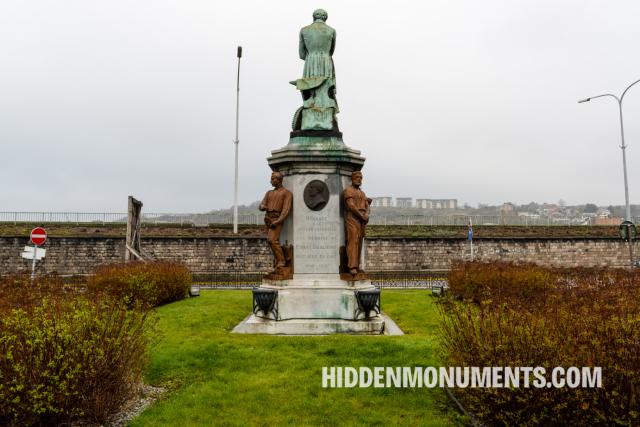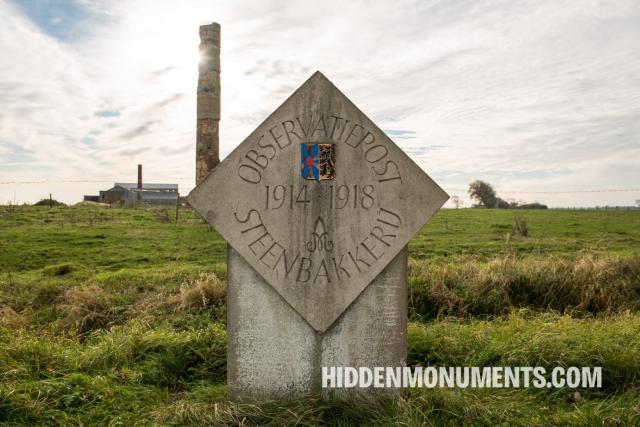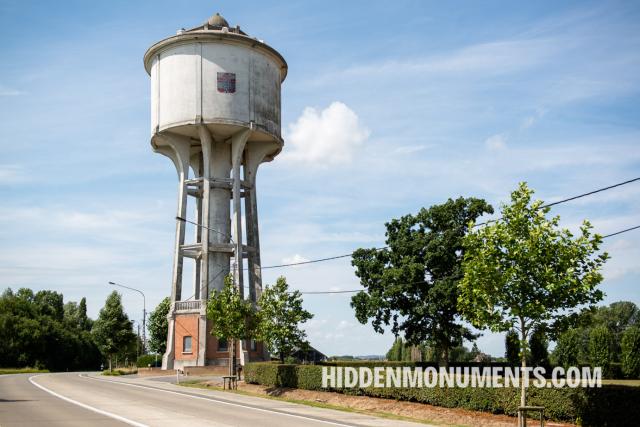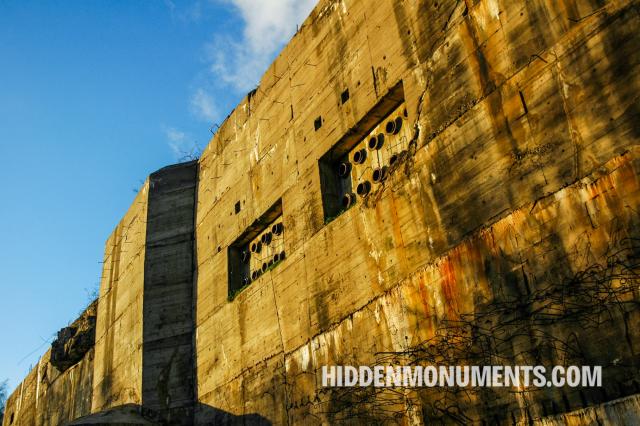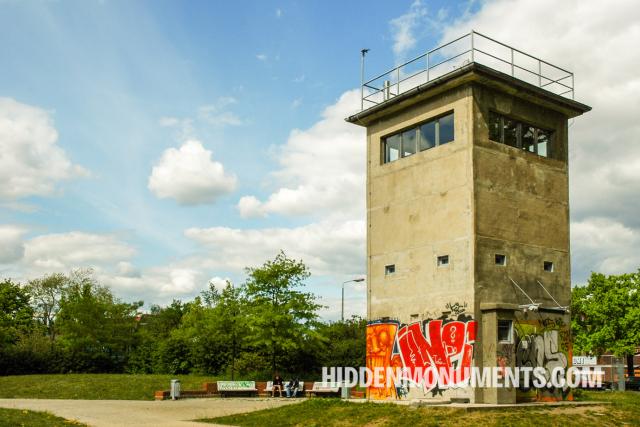A concrete ventilation tower in the middle of a meadow is the only sign of Fort de Boncelles' presence in Seraing.
Dark Tourism
Explore the intriguing world of dark tourism in Europe, where history's shadows come alive. Visit sites of battles, tragedies, and mysteries, each telling a unique story of the past. Uncover the allure of exploring Europe's darker side, from haunting ruins to historic battlegrounds.
- 150 destinations
John Cockerill (and the rest of his family) propelled Belgium, the Netherlands, Prussia and France into the era of the Industrial Revolution in the early 19th century. A few decades after Cockerill's death, a monument honoring the 'father of the workers' was unveiled in the streets of Seraing.
In 1905, a brickworks arose in Rampskapelle near the Belgian coastal town Nieuwpoort. Four years later, it became the property of Céramiques et Briqueteries Mécaniques du Littoral.
The Ypres water tower has dominated the landscape for almost a hundred years. It dates from the period of reconstruction after the devastating First World War.
During the First World War, the German army erected a high-voltage barrier of over three hundred kilometres from Knokke to the Three-Country Point near Aachen: the Wire of Death.
In 2005, the concrete launch pad of a German V1 launch base from the Second World War was found in the Vrijbos in Houthulst.
The Cockerill family's tomb in the Spa cemetery pales into insignificance compared to the monument that adorned the family grave for a century.
West Flanders has never known coal mines. Yet you can still find shafts, drilling machines and other traces of miners in the West Flemish underground.
Pagination
Latest from the blog
Do these monuments ring a bell with you? You might recognise the locations of films and series such as Doctor Who, Babylon Berlin, and Dark.
All photos and stories are copyrighted. Of course, linking to articles on the site is possible and allowed.
If you would like to use photos or articles from this website, please contact bart@hiddenmonuments.com.
© 2003-2024 Hiddenmonuments.com

